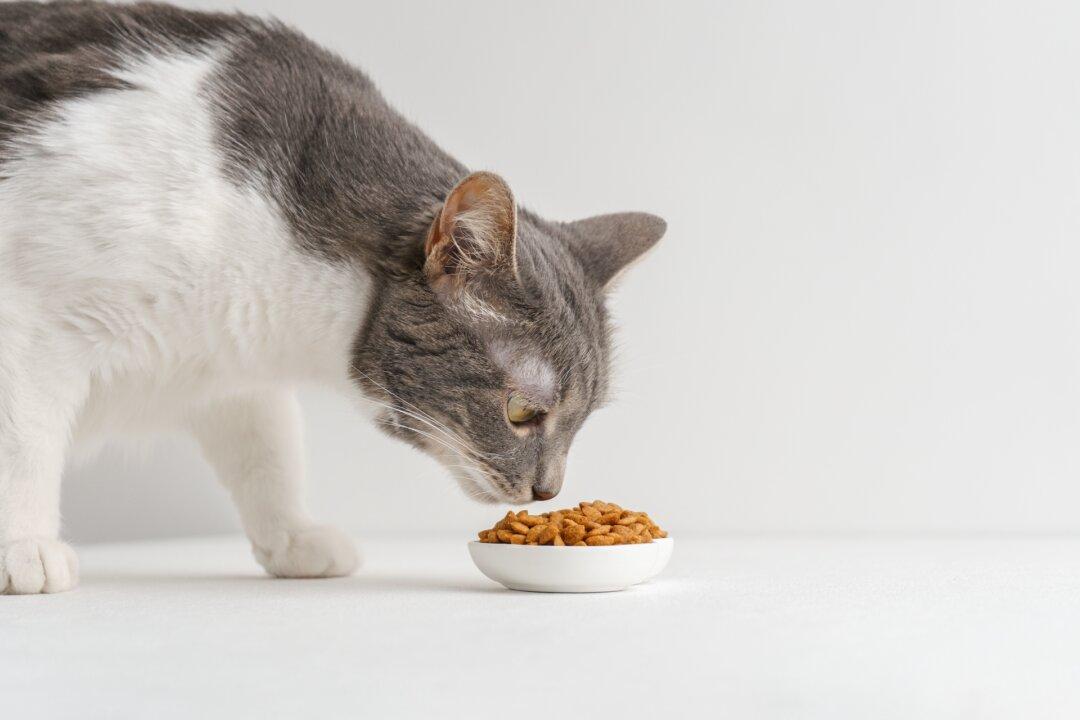Q: My elderly cat Tater Tot is losing his appetite for dry cat food, but he loves the tuna I eat. Now that he’s eating only tuna, I guess I should ask if that’s OK for him.
A: It seems that you have two concerns: Tater Tot’s recent disinterest in dry food and his all-tuna diet.





